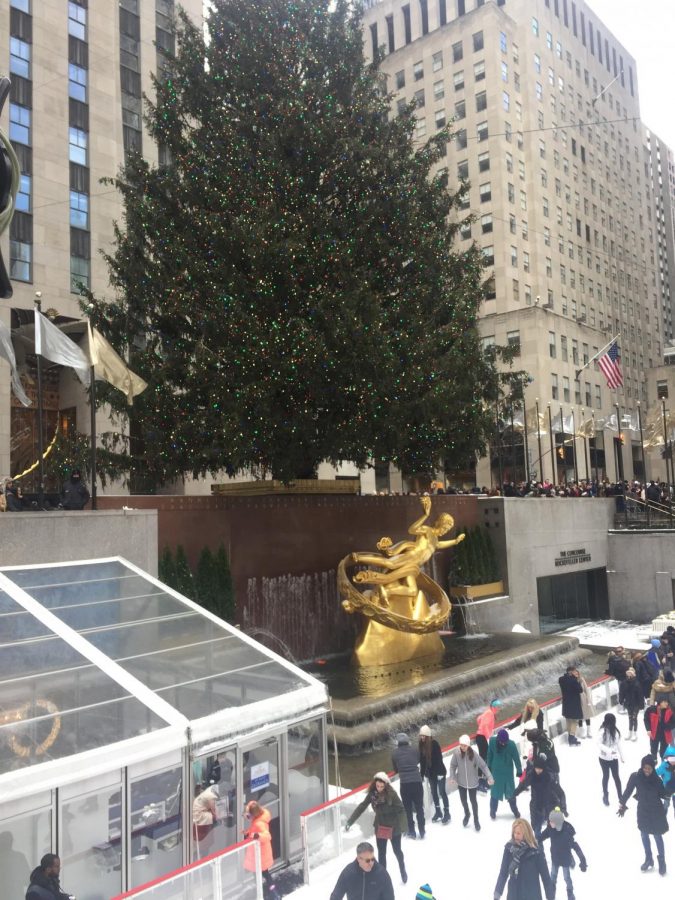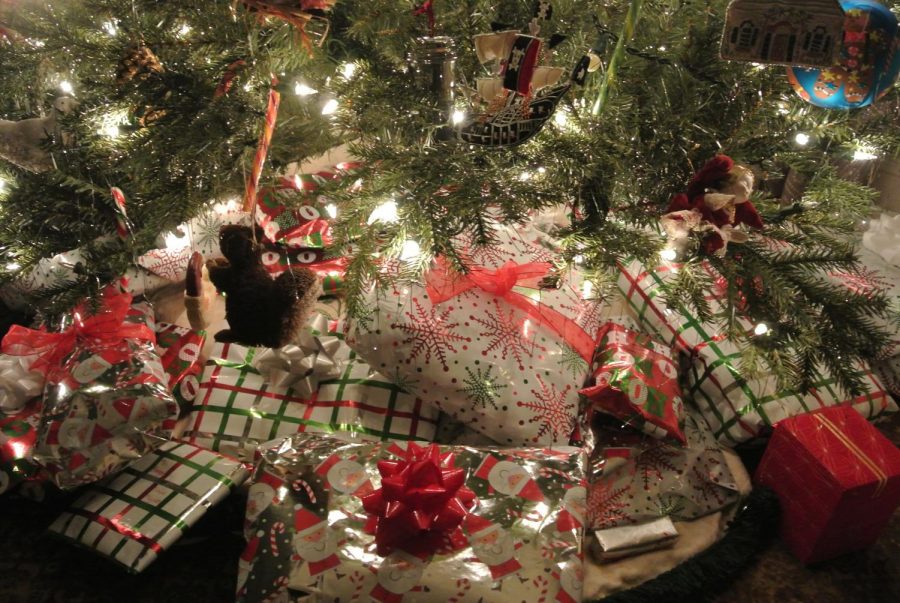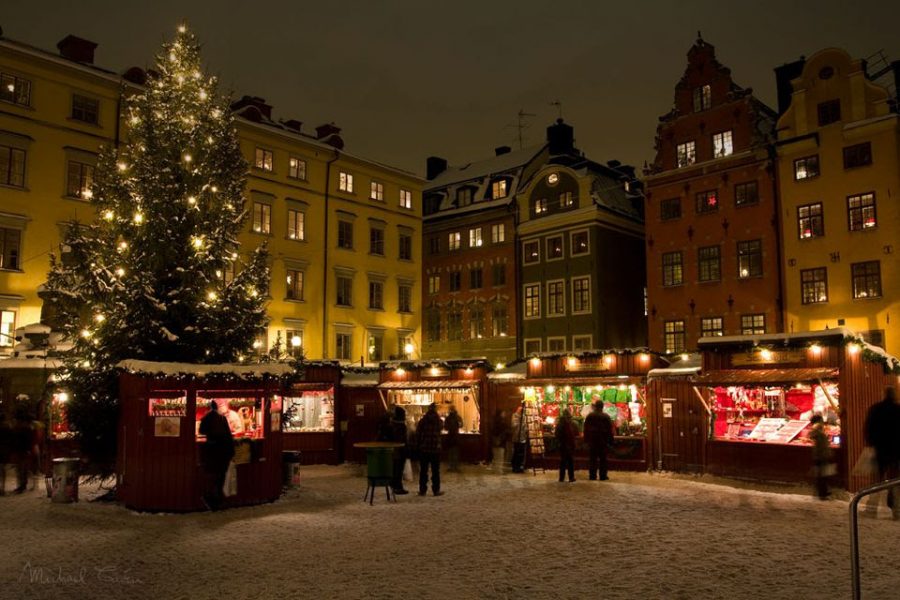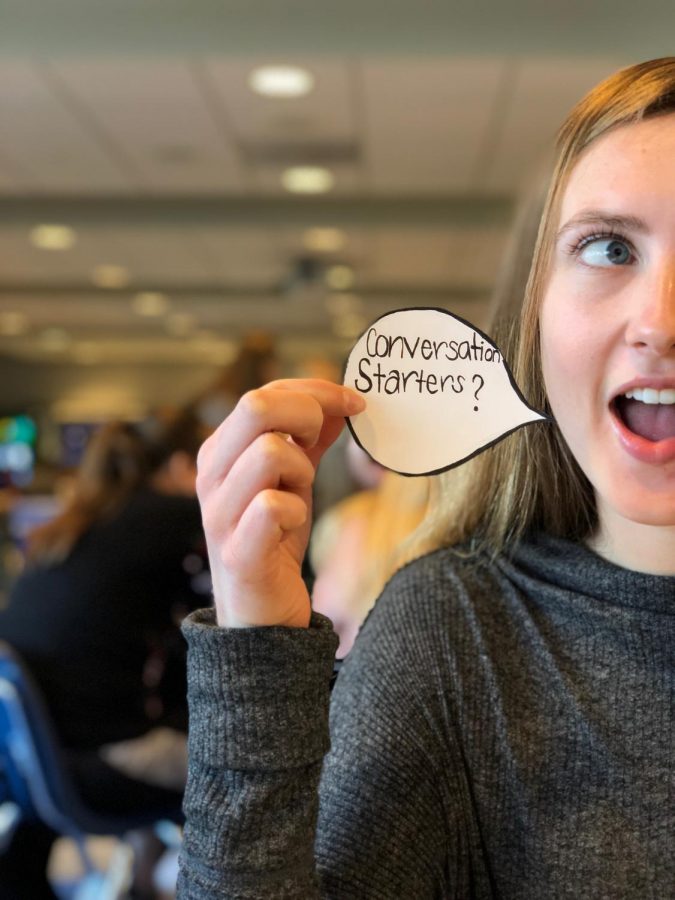Every year since 1923, the National Christmas tree has been lit on December 4, marking the beginning of holiday festivities in Washington. The ceremony includes appearances by the First Family and various musical stars, along with the United States Air Force Band. The event attracts tourists from across the nation in search of an opportunity to come face to face with the President and First Lady.
A few blocks down Constitution Avenue, the U.S. Capitol building also holds its very own tree-lighting ceremony. Unlike the White House, this gathering is managed completely by the people. A more recent tradition, this event began in the 1960s during the Eisenhower administration. This year, the lighting is set to occur on December 6, signifying the celebration of a season of joy for the nation’s lawmakers.
Although this two day period seems to mark the beginning of the holiday season, corporate America starts advertising for Christmas in the month of November. In the days following Halloween, holiday sales seemingly dominate the world of television marketing. This has certainly changed attitudes towards the holiday. While many celebrate Christmas for its religious significance, others enjoy it solely for receiving gifts.
There is a growing concern amongst Christians across the nation that younger generations will not know the origins of Christmas. A holiday marking the birth of Jesus Christ, it’s message was to spread joy and the word of the gospel. The holiday is now celebrated across the globe, with more than 160 countries participating in the season of Advent.
While many aspects of American and Western European life are comparable, Christmas celebrations vary throughout the western world. In Germany and other Alpine countries such as Switzerland and Austria, the Christmas celebrations occur once the markets appear in early December. Where as in the United Kingdom and Ireland, children begin by sending “Father Christmas” letters in early December. In France, Belgium and the Netherlands, bakeries and chocolatiers fill the air with the scent of Christmas as the seasons transition. Christmas celebrations in Italy begin on December 8, with the Immaculate Conception of Mary. Spanish Christmas traditions vary by region but most people do not exchange presents in the month of December. The Fiesta de Los tres Reyes Mages on January 6 marks the beginning of the season of giving. In Portugal, Catholics will decorate with crèche, a model representing the birth of Jesus. Across the country, families will dedicate portions of their homes to worship.
From a religious standpoint, Christmas celebrations vary based on ethnicity and which denomination the family or individual associates with. Catholics and Protestants alike focus on their devotion through symbolic representations of Jesus. For example, most Mormons look to the Book of Mormon for their holiday festivities. This includes large events such as markets, seasonal shops, and community service efforts. Others prefer a time of self evaluation, devoted to Christ and worship.
As Christmas has become more globally recognized, ways and lengths of celebrating have evolved. Large companies have taken advantage of the holiday season to encourage consumption. From a religious and financial standpoint, there is no strict deadline as to when celebration must begin. While some feel strongly about celebrating on certain dates, very rarely do multiple countries—or people— begin celebrating at the same time.










































